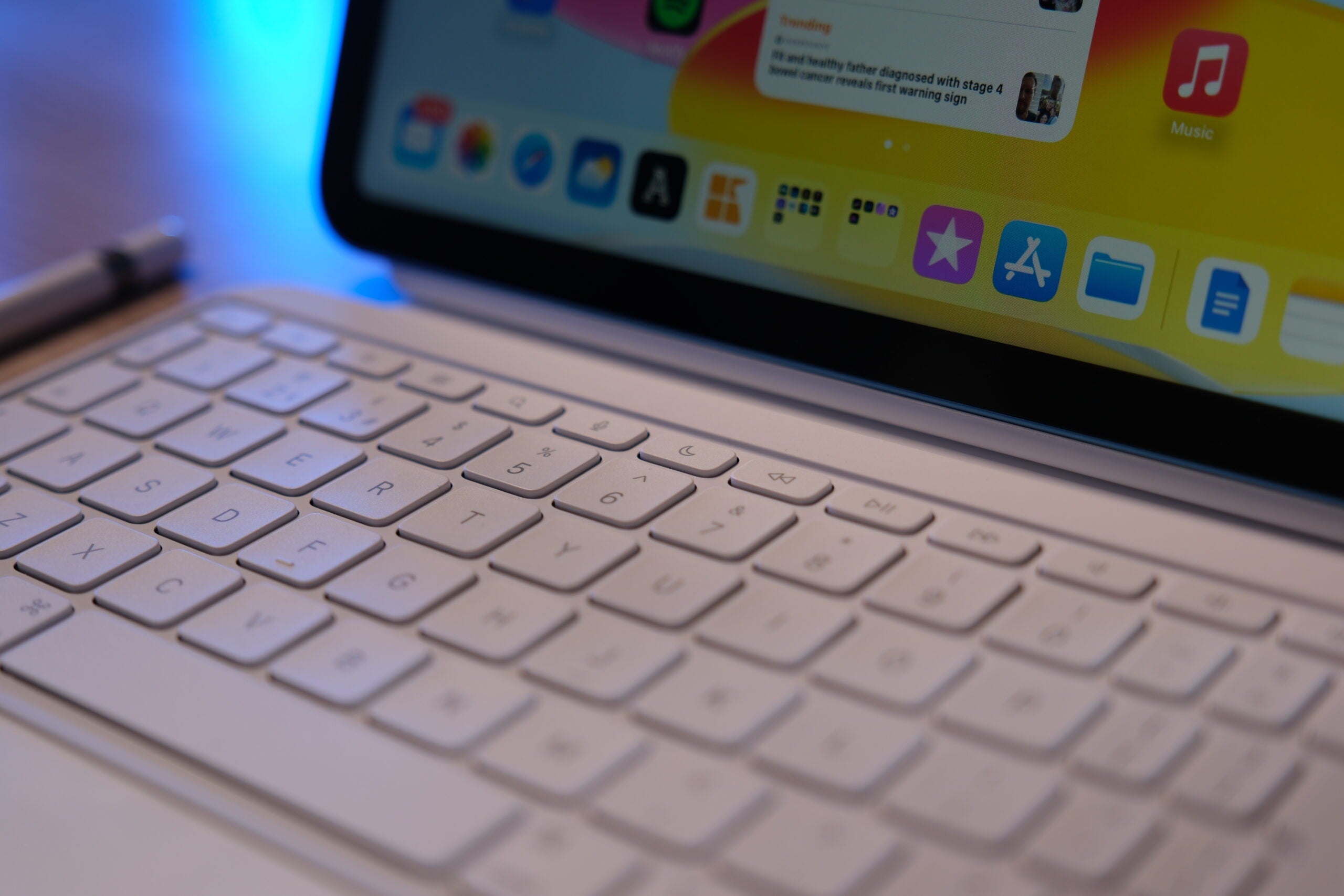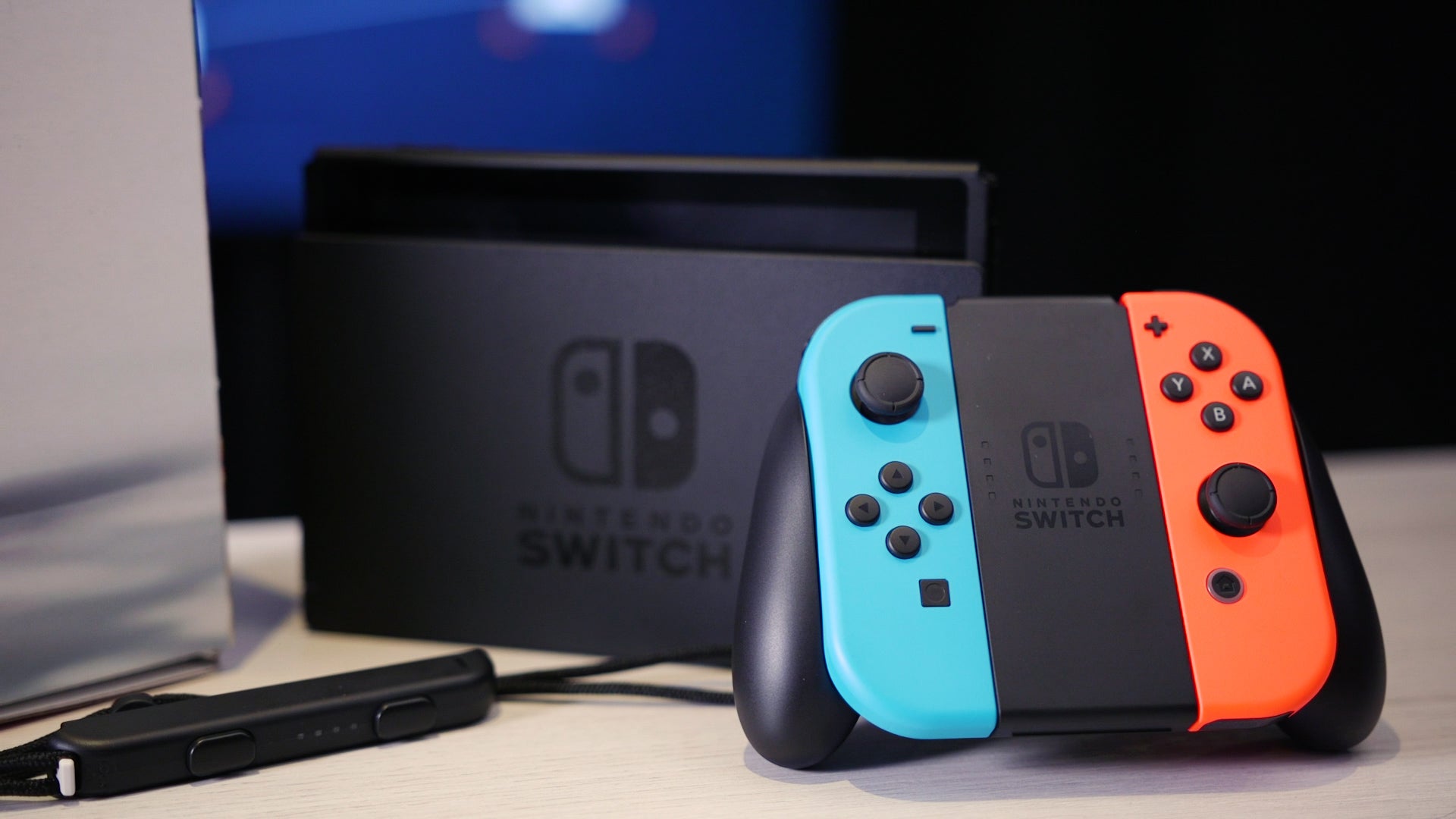Ctrl+Alt+Delete: What to expect from laptops in 2023
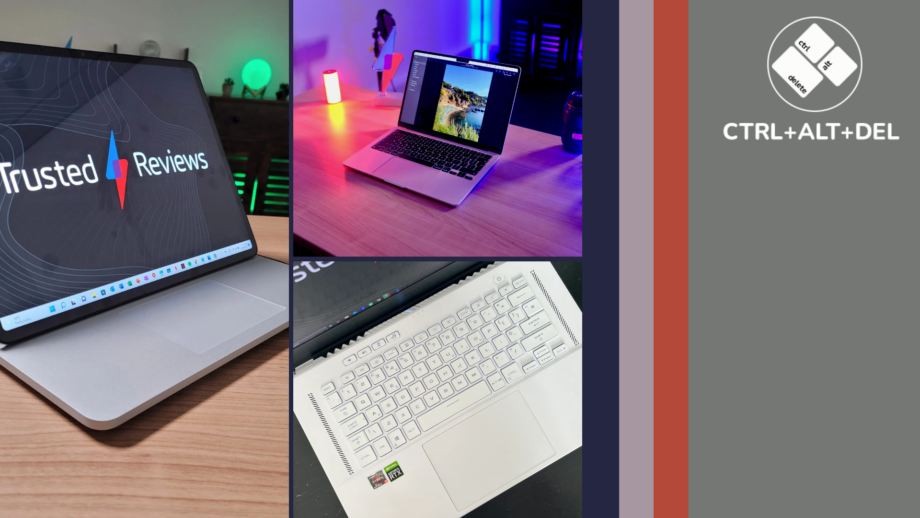
OPINION: 2022 was a great year for laptops. We saw foldable screens, gorgeous OLED panels and record-breaking performances but with the year coming to an end, what can we expect from laptops in 2023?
I’ve assembled this list of laptop trends that I think could potentially emerge in the next 12 months. I’m basing these predictions on both rumours and patterns I’ve spotted in the industry when reviewing numerous laptops over the course of 2022.
There’s a good chance that many of these predictions may not come to fruition, but that’s all part of the fun (and a better way to end the year than a stern analytical piece).
So without further ado, here’s what I think you should expect from laptops in 2023.
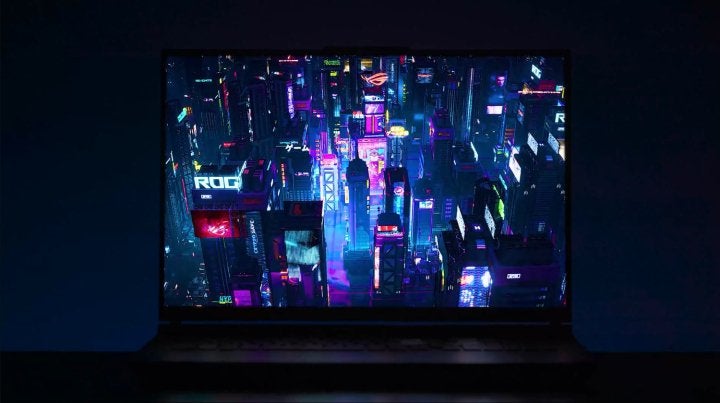
Even larger screens
Chunky screen bezels on laptops are becoming so rare that they’re practically endangered; Microsoft Surface is the only brand keeping them alive in the premium laptop space. With that in mind, it looks like laptop brands will make the bezel even thinner in 2023 in order to fit larger screen panels.
Asus has already hinted that it will be launching an 18-inch laptop during CES 2023, and rumours indicate other brands could jump on the bandwagon. Large laptops are usually limited to 17-inch screens, so it’s remarkable to see that 18-inch panels may become commonplace very soon.
Such an upgrade may not be limited to gaming laptops. I’d love to see an 18-inch LG Gram next year, just as long as LG is able to retain that lightweight design, and we may see 13-inch laptops screens gradually phased out in favour of 14-inch alternatives. Perhaps the excellent Dell XPS 13 range will soon become the Dell XPS 14 series.
An inch may not sound like a huge upgrade, but it still allows for additional screen space which is useful for both productivity and entertainment. Plus, laptops generally look a lot better when the bezel isn’t visible.
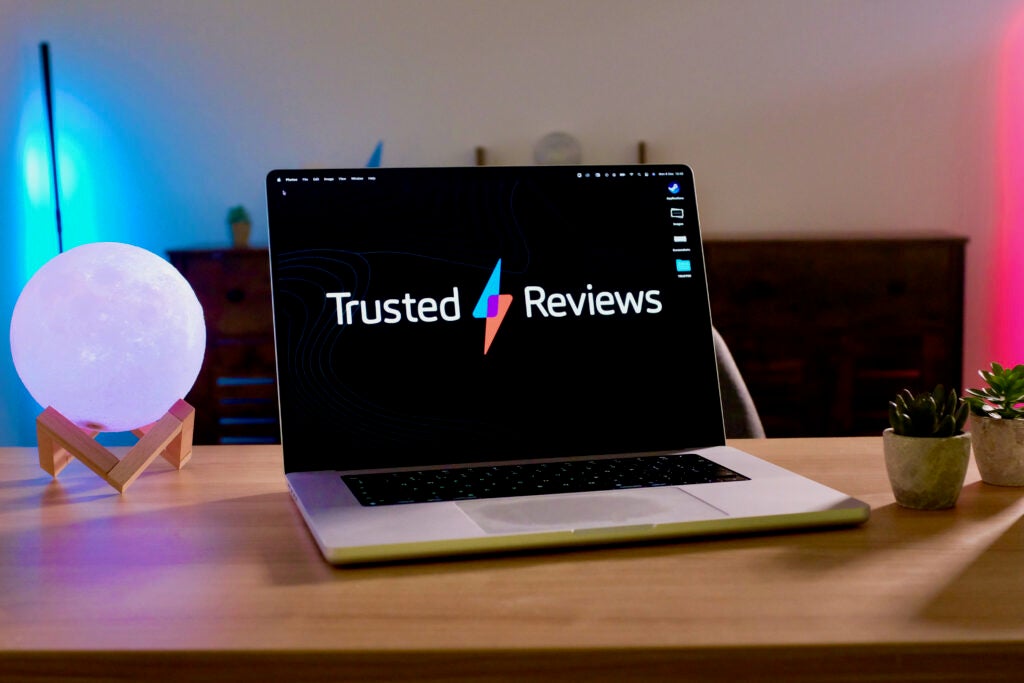
Mini LED screens on premium laptops
We saw a boom in popularity for OLED laptops in 2022, as brands such as Asus and Acer embraced the technology to bring significant improvements to screen quality. Moving into 2023, I think we could see a similar impact from Mini LED panels.
Mini LED technology has both advantages and disadvantages compared to OLED. It is capable of hitting a higher brightness (ideal for those who like to work outside), improves HDR performance for video and can improve colour accuracy for professionals.
The fantastic contrast offered by OLED arguably still makes the technology a better option for movies and gaming, but there’s a lot of people who don’t use laptops for such use cases. As a result, I can see a lot of laptop manufacturers starting to adopt Mini LED screens in 2023 instead.
You can already buy a few laptops with Mini LED screens, including the MacBook Pro and Gigabyte Aero 16, although it’s still relatively rare compared to LCD and OLED. The MacBook Air has long been tipped to adopt a Mini LED display, and if that happens, I’m confident that plenty of more productivity laptops would follow suit.
I still think OLED will remain the most popular choice for a luxury laptop in 2023, as it’s become a popular buzzword and people have more experience with the technology, but there’s every chance that Mini LED laptops will start to gain traction throughout the same year.
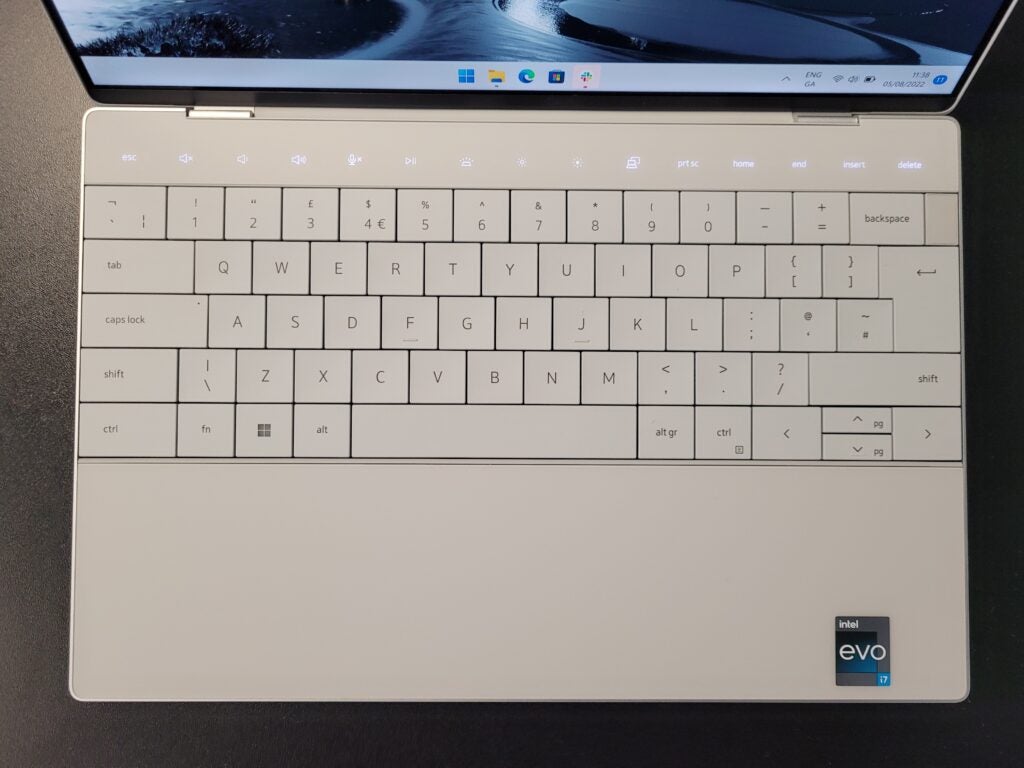
Death of the physical trackpad
I would never have even imagined that we could see the death of the physical trackpad a couple of years ago, but now I think the outdated feature’s days are numbered. In 2022, I tested several laptops that used a haptic feedback trackpad instead.
This new technology means that you’re unable to push the trackpad down when clicking, with vibrations instead simulating that clicky feel. By implementing this feature, manufacturers are able to make thinner laptops, while also adding additional gestures to the trackpad for improved versatility.
A number of laptops embraced haptic feedback trackpads in 2022. Microsoft added it to the Surface Laptop Studio, the Dell XPS 13 Plus featured the technology, while Huawei continues to use it on the MateBook X Pro series.
With haptic feedback trackpads gradually winning over customers, we could start to see the demise of the physical trackpad in due course. I highly doubt it will be completely phased out in 2023, even in the high-end market, but I do think that more manufacturers will be willing to ditch it next year.
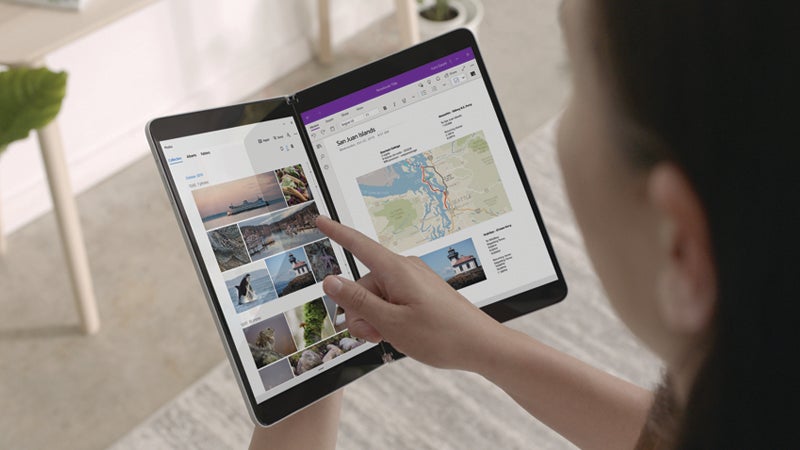
Dual-screen laptops could finally launch
Microsoft wowed the world with the dual-screen Surface Neo back in 2020, pitching it as the future of laptop design. Three years on, we still haven’t seen the Surface Neo or any other laptop with the same dual-screen design. But I’m willing to bet that will finally change in 2023.
We’ve already seen a few foldable laptops, including the Asus ZenBook 17 Fold OLED and Lenovo ThinkPad X1 Fold (2022), but they’ve hit several obstacles, chief among them being the high cost of manufacturing the bendy screens.
A dual-screen would solve this issue since it uses a hinge to connect two standard size screens instead, and having the two full-sized screens would still provide excellent versatility for users. You could use an external Bluetooth keyboard and have two screens for improved multitasking, or even pop the keyboard on top of the second screen to use the device like a traditional laptop.
This is such an appealing design that I’m genuinely surprised we haven’t seen it hit the market yet. As a result, I’m convinced we’ll finally see a laptop maker take the gamble in 2023, whether it’s Microsoft with the Surface Neo or another company looking to beat it to the punch.


